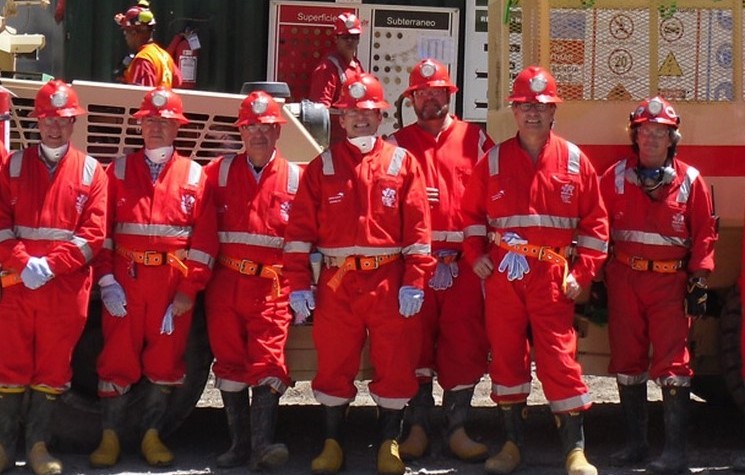Orosur Mining Expects Costs To Fall And Cash Flow To Rise, As It Moves Back Into Higher Grade Rock

By Alastair Ford
“We’re pushing forward”, says Orosur Mining’s Ignacio Salazar, in the wake of the company’s results for the second quarter, the three months to 30th November. “We said the first half was going to be more difficult, and we knew that the numbers were going to be tight.”
Sure enough, Orosur turned in a net loss of loss US$1.2 million during the quarter, as against the US$3.5 million profit recorded during the corresponding period in the previous year.
The plan is that those losses will be pared in the second half as spending at the company’s main operating project, the Arenal gold mine in Uruguay, drops away.
“Our all-in sustaining costs are running at a similar level to the gold price”, says Ignacio. “But our all-in sustaining costs are high because we put quite a bit of money back into the project, via exploration spending and capex. Many other companies have cut down on that significantly.”
So it was that during the quarter Orosur’s capital expenditure bill rang in at US$2.3 million, up US$600,000 on the corresponding period in 2014, while spending on exploration was down on the previous year, at US$1.1 million.
San Gregorio is a typical South American vein mine, and probably has decades of life ahead of it. But like many a South American miner, Orosur is reluctant to allocate the cash resources required to prove it. Instead, it mines at San Gregorio on a relatively short mine life, drilling up more reserves and resources when the projected mine life gets below three or four years.
One of those bouts of exploration is just drawing to a close, so the exploration spend may well tail off. As for capital expenditure, Ignacio is in no doubt that that will fall, now that the company is firmly established underground at the Arenal mine.
“In the second half of the year there will be less capex”, he says. “And we are confident that in the second half we are going to generate more cash flow.”
That’s because the company has now mined through a lower grade sequence of rock at Arenal, and will now revert to mining from large transverse stopes.
The overall plan is to produce between 50,000 and 55,000 ounces of gold for the full year, at cash costs of between US$850 and US$950 per ounce.
The recent uptick in the gold price will no doubt be welcome, and should take the company back into profits, assuming even only a modest improvement on the all-in sustaining cost of US$1,258 reported in the most recent quarter.
In the meantime, Orosur will continue to pay down its debt, which fell to US$3.2 million at the end of the last quarter, down from US$4.9 million at the end of May. The plan is to get it paid off by the end of the year, although there is an additional undrawn US$3 million facility in place if any wriggle room is needed.
And finally, over in Chile, Orosur has reworked its deal with Codelco on the Anillo property, allowing it potentially until 2022 to complete its obligations under the farm-in agreement. Negotiations with potential funding partners for further exploration work there are continuing.
All told, Ignacio is satisfied with progress to date. “It’s mission accomplished for the first half”, he says. Now, we’ll have to see what the rest of the financial year brings.
Comments (0)